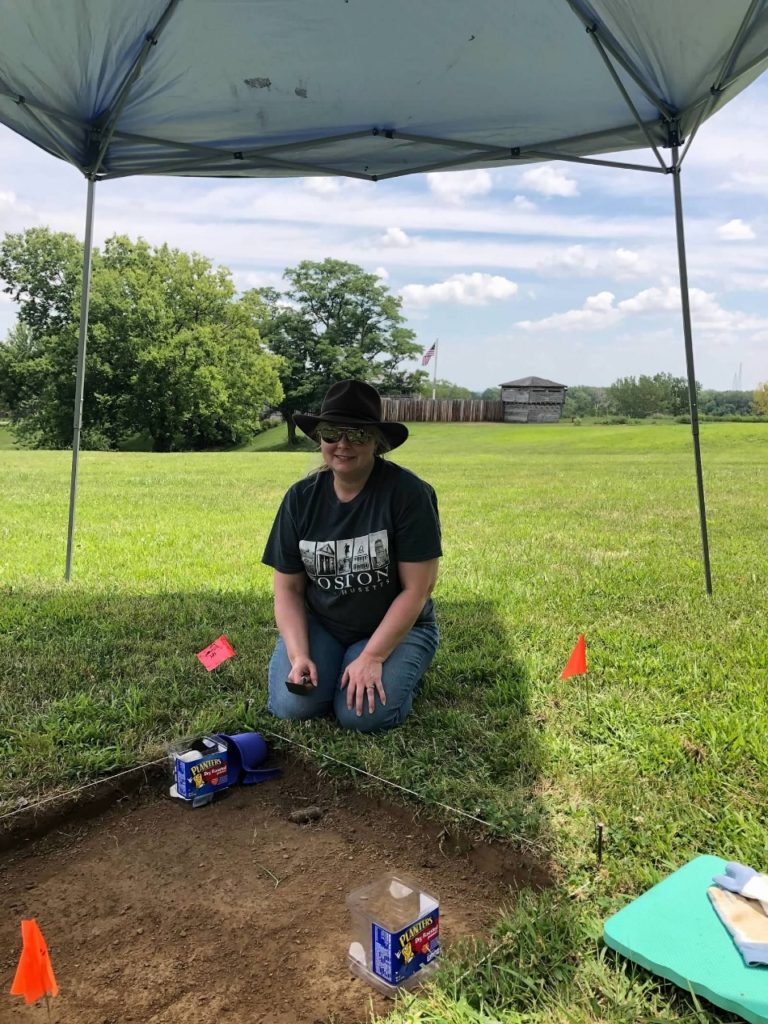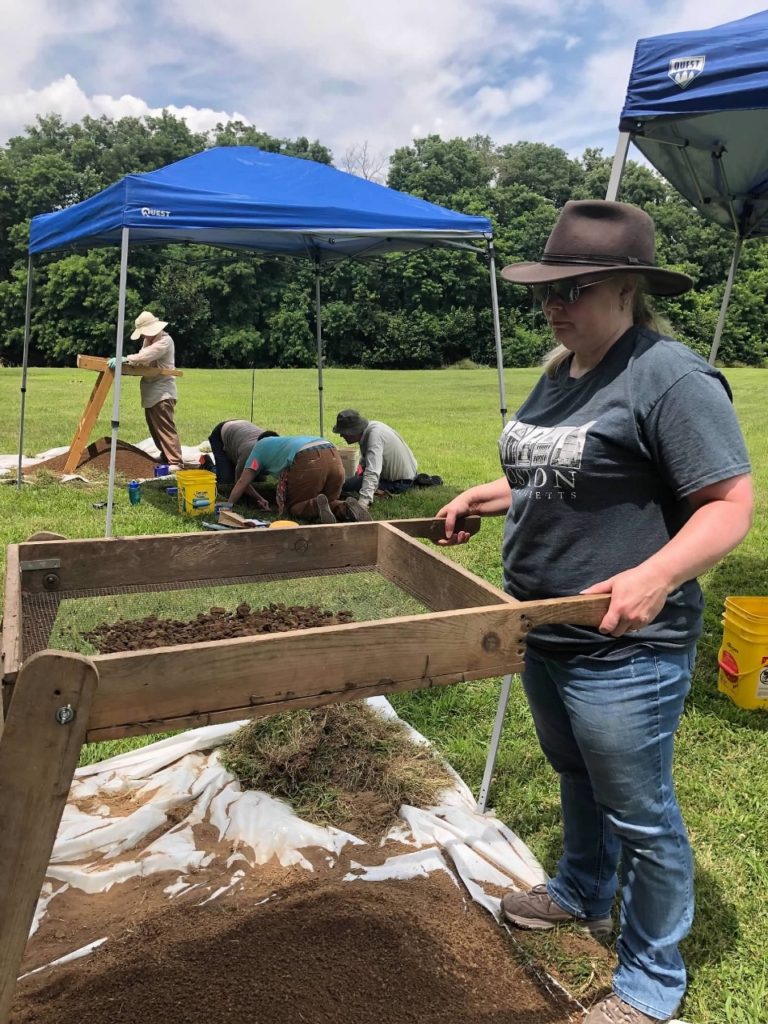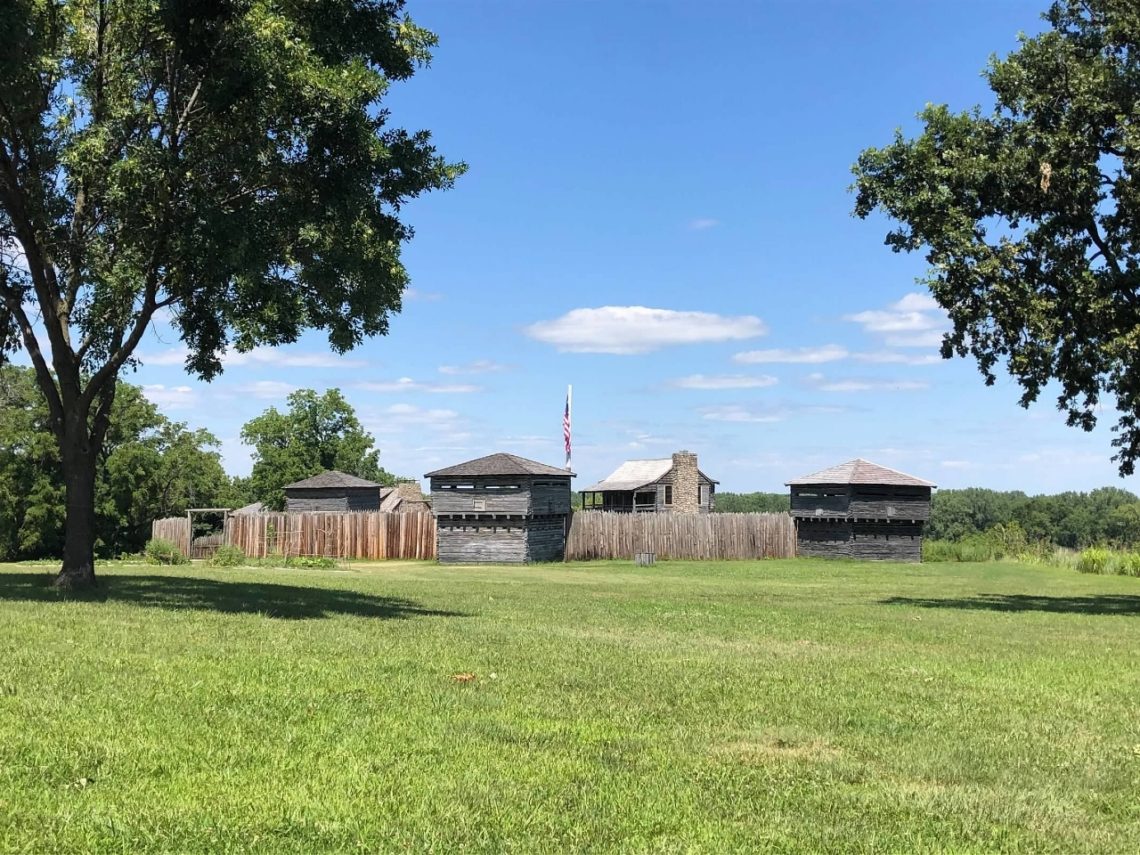
Accessing Archaeology for Academic Engagement
Think back to your childhood for a moment. What did you want to be when you were a kid? Me? First, I wanted to be a marine biologist. Then, I saw Indiana Jones and the Temple of Doom, and that sealed the deal. I was going to be an archaeologist! I even practiced my “Indy” skills once by jumping off of the train at the Kansas City Zoo and running back down the track to collect a treasure – I had lost one of my favorite earrings. (I had clip-ons at the time – I know…I know!) I just happened to see it on the ground as we rode past, so off I went. Then, I had to run back up the track in order to catch back up to the train and jump back on. Fun fact, the train is NOT fast (although it seemed like it was back then)! Regardless, my mom was FURIOUS! Hahaha! We can laugh about it today, of course, but back then, I was in big trouble!
Well, fast forward a few (OK more than a few, but who’s counting?) years later, and here I am teaching, traveling, and booking travel for others. No, it isn’t archaeology, but it is still an adventure! The travel aspect is easy to see, but those who teach also get it, teaching is absolutely a new adventure every day! So with that, I wanted to share a very cool professional development opportunity that I got to participate in last summer with Project Archaeology that also allowed me to live out my childhood dream! And the best news is that this training is open to anyone who works with kids – museum staff, park interpreters, teachers, etc.
So what is Project Archaeology? According to their website, “Project Archaeology is an educational organization dedicated to teaching scientific and historical inquiry, cultural understanding, and the importance of protecting our nation’s rich cultural resources. We are a national network of archaeologists, educators, and concerned citizens working to make archaeology education accessible to students and teachers nationwide through high-quality educational materials and professional development. Project Archaeology gives students a basic understanding of how archaeology works and teaches them to respect and protect our nation’s rich cultural heritage.”
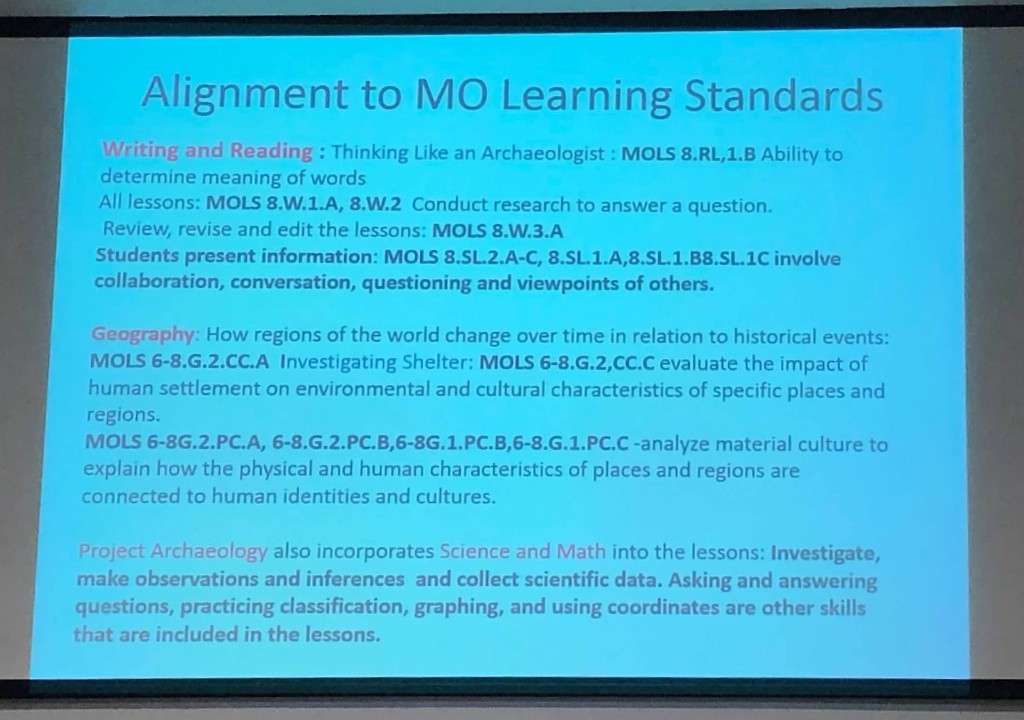
What was MY experience with Project Archaeology? I am glad you asked! I signed up for their Investigating Shelter: Midwest Wickiup Workshop, because I teach American History in the Midwest. We always start our year off learning about the cultures of western Africa and Native Americans before we delve into colonization, so I thought this would be a perfect fit for the Native American portion, and it was! The curriculum was easily adaptable to my classroom, and it is already aligned to both Common Core State Standards and Next Generation Science Standards (and in our case, Missouri Learning Standards for Social Studies). The lessons are very engaging and interactive. My students loved it!
I was impressed with the format and structure of this workshop! Especially when you compare the value of the workshop to the cost! The workshop I attended was 5 days and involved four components: Investigating Shelter, Investigating a Midwest Wickiup, a tour of Harry Truman’s home and the archives for the Truman Library, and finally, archaeological field work (yes you read that right – a dig)! It was also VERY reasonably priced! This particular workshop was $45 which included the curriculum (teachers manuals and student archaeology notebook).
One of the things that I loved about this workshop was that it was facilitated by a variety of presenters, all of whom were experts in their field: museum managers and directors, archaeologists, interpreters, Project Archaeology Coordinators, and even retired teachers.Another thing that I loved is that the curriculum part of the workshop is presented in such a way that you participate in the lessons as a student and then process or debrief as a teacher. So by the time you are finished, you feel confident (and in my case really excited) to incorporate it into your classroom!
The Investigating Shelter curriculum includes nine lessons, seven of which provide students with background knowledge about shelters and culture, critical thinking practice making observations and inferences, identifying evidence, and understanding context. The last two lessons are applied to the specific shelter you will be teaching – in my case the Midwestern Wickiup. In my particular workshop, however, we investigated a “Family Room” first, which I thought was a great idea, because it is something students can easily relate to. They get the opportunity to practice their new skills with an environment they know before trying to apply them to an unfamiliar environment. (During the school year, one of the instructors, Gail, even came to my classroom as a guest speaker to facilitate this Family Room lesson with all of her props!)
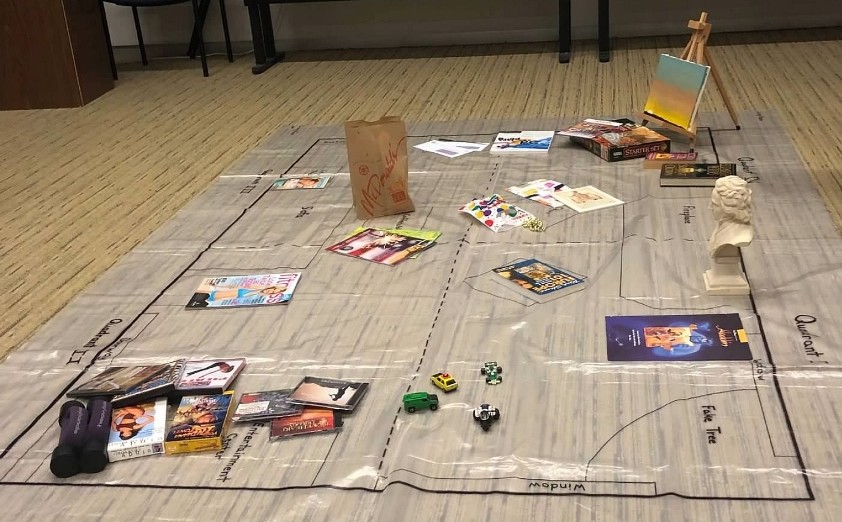
The Midwestern Wickiup curriculum is one of many archaeological sites that complement Investigating Shelters. You can check out their store to see what others are offered. Each one is a real archaeological site. The lessons in this section include a wealth of primary sources. The Midwestern Wikiup includes the biography of a modern Meskwaki, oral histories, and photos for students to analyze in addition to the archaeological site diagram. Our instructor had actually drawn out the archaeological site on a giant drop cloth rather than photocopying the smaller one for us. This made the lesson even more engaging and fun as we could “walk around the site”!
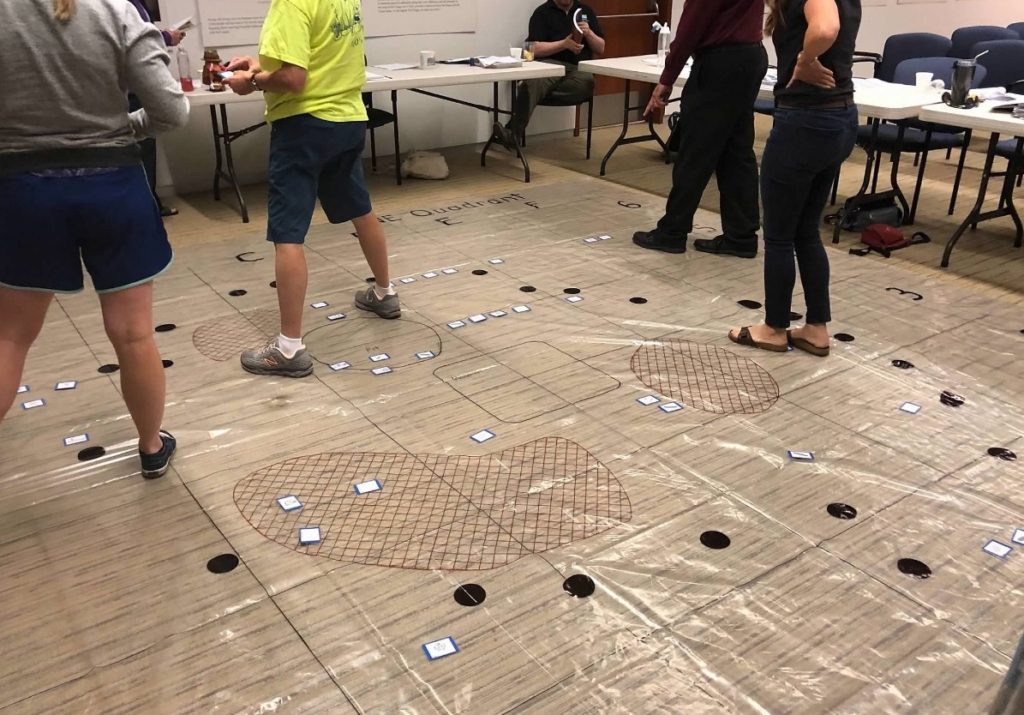
The last three days of the workshop were the field trip and field work days. We toured President Harry S Truman’s home, and grabbed some lunch on the historic Independence Square. Then, we headed to the cave to visit the archives for the Truman Library. WOW! What a collection they have! It was fascinating to see all of the artifacts they are storing!
The last two days of this workshop, which were optional, was the opportunity to participate in an actual archaeological dig! Our workshop was held at the Fort Osage National Historical Landmark, which also got us a private guided tour. The purpose of the field work was to verify the location of the former town. So, we divided up among the squares and started “digging.” This was fun, but it was also a lot of work, and more tiring than I expected. I left with a few blisters. Hahaha!
We learned about the process of digging in a grid and also in layers within the grid. The technique really isn’t digging at all. We found several shards of glass, bottles, and some soil stains, all of which we learned how to document and store for cleaning and cataloging, which we also received a crash course on. This was a blast, and I really had fun living out my childhood dreams – I even borrowed an “Indiana Jones” style hat from my dad to wear for the occasion!
This was a great professional development! The instruction was clear and engaging. The curriculum itself is engaging and effective. It is a great way to help students understand culture and how it is related to history. I used it this past year, and my students loved it. It is already linked to standards, and it really is adaptable to any age group. The various units are designed with specific ages in mind. The Wickiup is for grades 3-5, but I was able to adapt it to 6-8 easily enough.
Project Archaeology offers workshops all over the country. You just need to check their website to find one nearest to you, or one you are willing to travel to. I would definitely consider the workshop worth traveling for! Not all offer the dig opportunity, but I have seen plenty that do. Some workshops offer college credit for a little extra cost and work, and you can even attend workshops online right now thanks to Covid-19. I hope you check them out!


